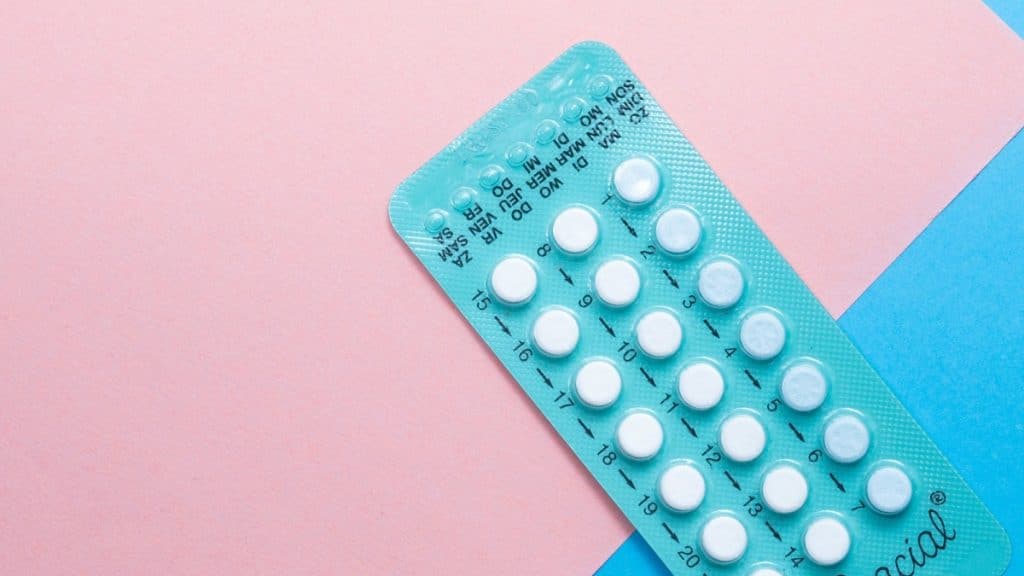Choosing the right birth control method is a highly personal decision that depends on various factors, including health, lifestyle, and reproductive goals. With numerous contraceptive options available, understanding the key differences between hormonal and non-hormonal methods can help individuals make informed choices. This article explores both types, their benefits, potential side effects, and considerations for selecting the best option.
Depo-Provera: A Closer Look at the Injectable Option
Depo-Provera is a progestin-only injectable birth control method that offers a convenient, long-lasting solution for individuals who want to avoid daily pills. It is highly effective, with a success rate of over 99% when used correctly. However, it is associated with some unique concerns.
Pros:
- Only requires four injections per year.
- Eliminates the need for daily or weekly maintenance.
- May stop periods altogether, which some users find beneficial.
Cons:
- Delayed return to fertility, taking up to 10 months or longer after stopping the injection.
- Increased risk of bone density loss, leading to concerns about long-term use.
- Some lawsuits have been filed against Depo-Provera manufacturers due to claims that users were not adequately warned about potential health risks.
Understanding Hormonal Birth Control
Hormonal birth control methods use synthetic hormones to prevent pregnancy. These hormones, typically estrogen and progestin (or progestin alone), work by suppressing ovulation, thickening cervical mucus to block sperm, and thinning the uterine lining to prevent implantation.
Types of Hormonal Birth Control:
- Birth Control Pills – Taken daily, these are one of the most common contraceptive methods.
- Patches – Applied to the skin weekly, releasing hormones into the bloodstream.
- Vaginal Rings – Inserted into the vagina for three weeks at a time.
- Injections (Depo-Provera) – Administered every three months, providing long-term coverage.
- Implants – A small rod inserted under the skin that releases hormones for up to three years.
- Hormonal IUDs – Placed in the uterus, these can last from three to eight years depending on the brand.
Pros of Hormonal Birth Control:
- Highly effective when used correctly.
- Can regulate menstrual cycles and reduce heavy or painful periods.
- May improve acne and reduce symptoms of hormonal imbalances like PCOS.
- Some methods, like the pill and hormonal IUD, can reduce the risk of ovarian and endometrial cancer.
Cons of Hormonal Birth Control:
- May cause side effects such as nausea, headaches, breast tenderness, and mood changes.
- Increased risk of blood clots with estrogen-containing methods.
- Some users experience weight gain, especially with the Depo-Provera injection.
- Can take time for fertility to return after discontinuation, particularly with Depo-Provera.
Understanding Non-Hormonal Birth Control
Non-hormonal birth control methods prevent pregnancy without altering the body’s natural hormone levels. These methods work through physical barriers, fertility awareness, or copper ions that create a sperm-hostile environment.
Types of Non-Hormonal Birth Control:
- Copper IUD (Paragard) – A small device placed in the uterus that prevents pregnancy for up to 10 years.
- Condoms – Male and female condoms provide a barrier to sperm and also protect against STIs.
- Diaphragm & Cervical Cap – Barrier methods inserted into the vagina before intercourse.
- Spermicide & Contraceptive Sponge – Chemical agents that kill sperm or prevent them from reaching the egg.
- Fertility Awareness Methods (FAMs) – Tracking ovulation to avoid unprotected sex during fertile days.
- Withdrawal (Pull-Out Method) – Removing the penis before ejaculation, though this method has a higher failure rate.
Pros of Non-Hormonal Birth Control:
- No hormonal side effects or risks associated with synthetic hormones.
- Some methods, like condoms, also protect against sexually transmitted infections (STIs).
- Copper IUD is a long-term, highly effective option without hormonal involvement.
- FAMs and barrier methods provide hormone-free choices for those with health concerns.
Cons of Non-Hormonal Birth Control:
- Some methods have lower effectiveness rates compared to hormonal options.
- Requires more user consistency and effort (e.g., tracking ovulation, ensuring condoms are used correctly).
- Copper IUD can cause heavier periods and cramping for some users.
How to Choose the Right Birth Control Method
Selecting the right birth control depends on individual health needs, lifestyle preferences, and reproductive plans. Here are some key considerations:
- Effectiveness: If pregnancy prevention is the top priority, long-acting methods like IUDs and implants provide the highest success rates.
- Health Concerns: Those with a history of blood clots or certain cancers should avoid estrogen-containing hormonal methods.
- Convenience: For those who prefer low-maintenance options, long-acting methods such as IUDs or implants may be ideal.
- Side Effects: Users sensitive to hormonal changes may prefer non-hormonal options like condoms, copper IUDs, or FAMs.
- Protection Against STIs: Only condoms provide dual protection against pregnancy and sexually transmitted infections.
Making an Informed Decision
Both hormonal and non-hormonal birth control methods offer effective pregnancy prevention, but the best choice depends on personal preferences, medical history, and lifestyle. Understanding the benefits and potential drawbacks of each method ensures that individuals can make empowered decisions about their reproductive health. Consulting with a healthcare provider can help clarify which option aligns best with one’s unique needs and long-term plans.

